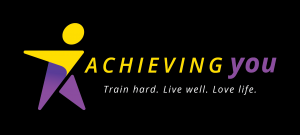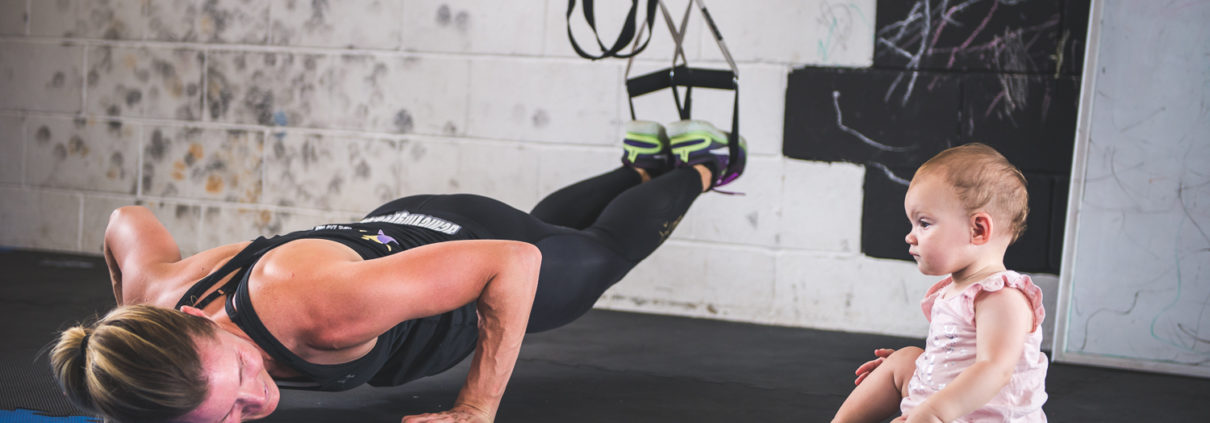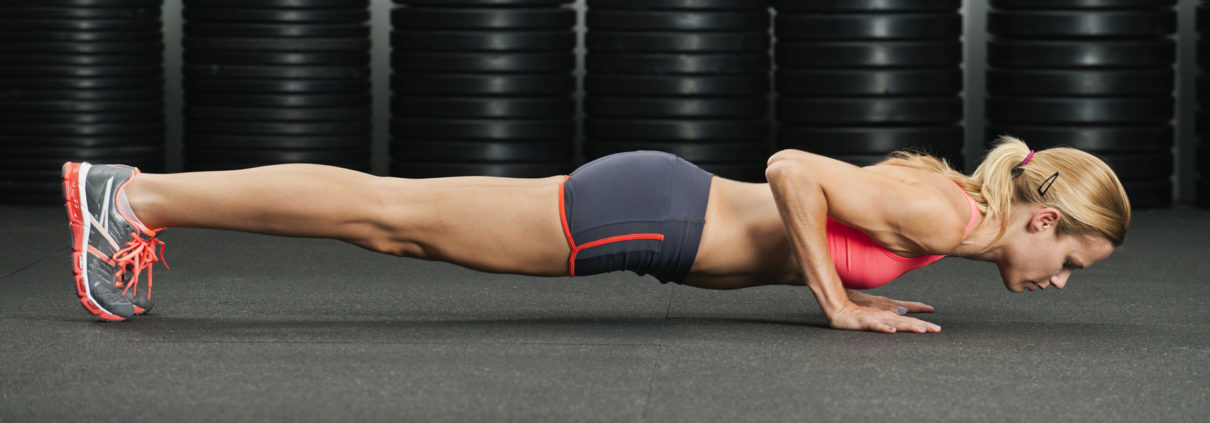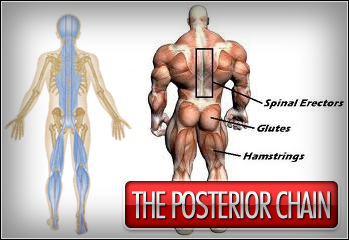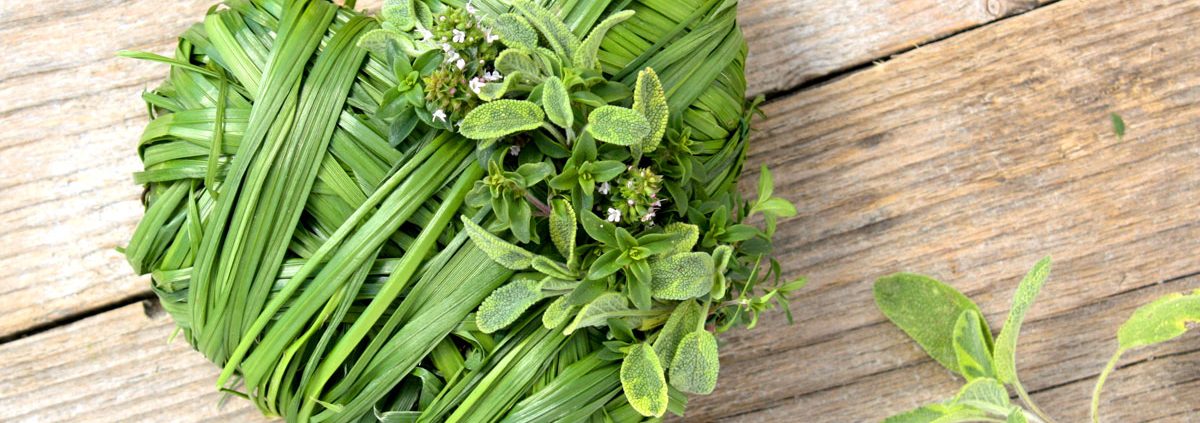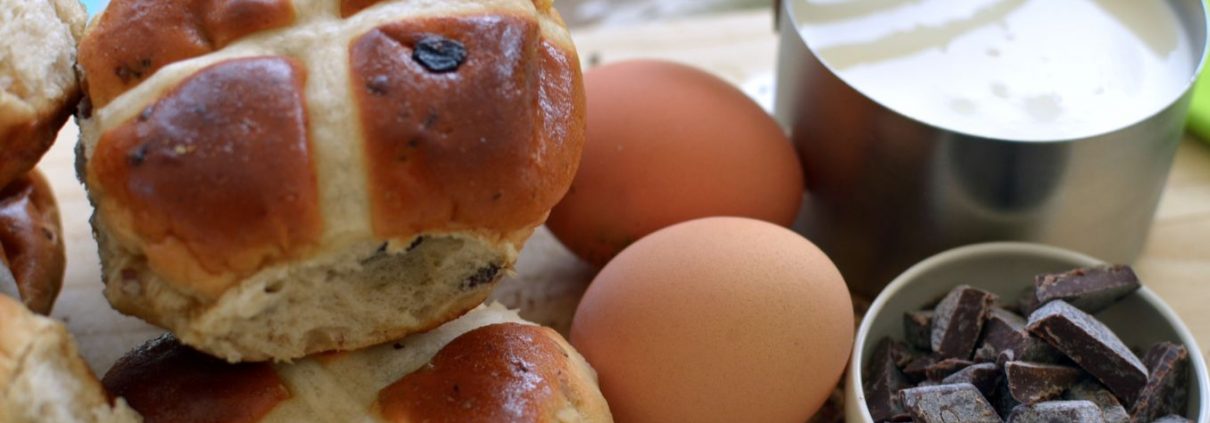Winter weight loss tips
Winter is almost here. The days are getting shorter, the mornings are darker and colder and it’s difficult to get excited about green salad and outdoor training sessions.
Unfortunately, the cold weather can lead to bad habits including comfort eating, missing your early morning training sessions, or just generally doing less incidental exercise.
The sunshine and warm weather is motivating but the plummeting temperatures in winter means healthy choices are harder to make.
Exercise
Is hitting the snooze button for 10 or 12 reps the only exercise that interests you on a cold winter morning? Try changing things up with one or all of the following:
Sleep in your workout gear. Yes it actually works. I have many clients who swear by it. It may sound a little kooky but it could mean the difference between hitting the floorboards, or hitting the snooze button.
Buy some new winter active wear. This is a simple but effective motivator. Everyone likes to show off their new gear at the gym.Consider something bright and brilliant to lift your mood and motivation.Feeling good in your active wear is half the battle.
Become a night owl. Do your training at night rather than first thing in the morning. You can head to the gym straight after work. This will help you to avoid the temptation of going home to sit on the couch in your PJs. The big bonus?You can sleep in on those super cold mornings.
Join a challenge or a program. This is a great way to meet like-minded people who can cheer you on and make training fun. Also the accountability is much higher when you are working towards a common goal. At Achieving You we have extra programs in winter to keep you motivated. Visit www.achievingyou.com.au for more details.
REMEMBER. Moving warms you up.Get out there and brave the cold. After a few minutes you will be warmed up and ready for a good session. You can reward yourself with a hot cup of tea and some couch time when you are done.
Eating
Comfort food can be healthy.Skip on the heavy carbs and choose slow cooked meals. You can add lots of garlic, ginger, turmeric and other herbs to ward off colds and flu. You can view our recipe page to check out some of my favourite winter warmer recipes. Remember to keep a check on your portion sizes. This will help you to stay on track.
Janet x
5 Top clean eating habits
Are you struggling to find the time to make healthy choices? Are you getting home from work late and just grabbing some takeout on the way home or missing a meal completely because the thought of putting a meal together is just too hard? We get it! It can be hard to make the right choices if you haven’t got the right steps in place to make life easy. Because the last thing you want is another job with time you don’t have. The solution is here! Check out my 5 top clean eating tips to transform your unhealthy choices into easy, simple, delicious, time saving meals. You can do it! I’ve seen people turn their lives around with these 5 simple tips and watched them go from lethargic, unmotivated and stressed about food people to happy, energized and leaner people. You can do it too! Check out my suggestions and watch yourself transform.
5 TOP CLEAN EATING TIPS
- Make a list
Work out what you are going to eat for the week and put it on the fridge. This then makes it easy for the family to have some input so it keeps everyone happy and you can save time after work, at night and during the day, because you don’t need to think of something to eat.
- Food shopping once a week
You know what you are eating for the week, so now you write a food list and go to the shops. You are more likely to eat healthy and not overeat if you are prepared not only in your fridge, but also in your mind. Set yourself free of poor food choices. This saves you going to shops when you are starving, it’s dark, it’s late and you have no idea what to cook a hungry family that night. Save yourself the hassle – go once and it’s all over.
- Make a massive salad
It’s really easy to eat a good healthy and fulfilling lunch when you can put some leftover meat with a massive already prepared salad. A good salad with last a week, just leave the dressing off until you are ready to eat it. Then all you have to do is scoop out your portion into your container for work in the morning, add some protein (tuna, sardines, meat from last night etc) and you have lunch sorted! You are halfway there.
- Pre-Cut your vegies
You are going to make dishes – so just make them once. Cut two nights worth of vegies at once, cook tonight’s and store tomorrow night’s in a container in the fridge. This also saves cleaning time later. So when you get home late your dinner prep has been cut in half!
- Stick to the plan
You’ve made a plan, you’ve done the shopping, you’ve prepped yourself, the family and your food – now just stick to it. Avoid the emotional eating after a bad day at work when you just want a wine and some takeaway because your boss annoyed you. You know you will feel like crap tomorrow. Let off some steam or relax after dinner with some TV, a nice stretch or a walk. Stick to your plan. You will feel better for it.
Here’s how my client Katelyn felt after she adapted these simple principals:
“The tailored dietary advice provided to me by Janet has been invaluable. A great deal of Janet’s advice related to me simply tweaking my diet, and making small changes. These small changes however have had a hugely positive impact! Her advice is practical and is predicated upon making sustainable long-term changes for a healthier and cleaner diet.
I have not only lost weight, but have also increased my fitness. Most importantly, rather than staggering through the final weeks of 2016 feeling worn out and making bad food choices, I am energised and have the strategies in place to ensure I enjoy Christmas and the New Year without overindulging”.
Do you need a little motivation so the winter kilos don’t happen this year?
Contact Janet to get started 0427 167 288
Running – is it bad for your knees?
Running gets a lot of bad press sometimes. Someone hears of a runner who has got sore knees, or someone has developed arthritis and running is blamed. What we don’t often know is the full story.
“Most studies show there isn’t any correlation between running and developing osteoarthritis. The biggest risk factor for developing osteoarthritis is age,” says Dr. Bég. “Think of your body like a car: The more miles you put on it, the more there’s a chance to damage it, there’s more wear and tear. The more miles you put on your joints, the more chance there is for degeneration,” Bég adds.
Arthritis is also genetic. It develops over time and usually occurs as we age. So there are a few other things that are going on here as well. Again, you’re probably not hearing the full story.
Like any sport or physical activity, the other muscles around the joints being used need to be strengthen equally to cope with the impact. Running is a high impact sport, we know this, so it makes sense that the other super important muscles that help stabilise the knee. Glutes (your butt), VMO (inside of your quad muscle), your feet, calves and hips all need attention so you can run injury free. This is a no brainier. If you want to create impact, you must ensure that your body is equip to handle the impact.
HOW CAN YOU DO THIS?
I’m so glad you asked. You find a strengthening program that involves training and strengthening all the muscles I mentioned above (plus a few more) to cope with the demand you want to dish out. You also have a structured running program which allows for adequate rest days to allow your body to adapt, and you also give yourself and your body adequate time to complete the task eg: run a marathon in 10 weeks versus run a marathon in 12 months. There’s a big difference here.
YOUR TERRAIN ALSO MAKES A MASSIVE DIFFERENCE:
Running on constant hard surfaces will also play a big role in how your body feels. It’s important to mix it up with some grass (oval) running and softer surfaces (maybe an athletics track) every now and again.
I WANT TO START RUNNING NOW!
Awesome and I would love to see you in our run club straight away. And you can join us! But the advice you will also hear from me is you need to do at least 1 strengthening session per week (Friday’s Functional Strength is what I recommend) and you must follow the advice I give in terms of rest days and lower kilometres weeks.
WHY?
Because I want you to be able to enjoy running for a really long time, like me! it’a just a great activity and it’s so easy, you can just throw on your runners and get out your door and you are running. Seriously – that easy. But, you must respect your body first and foremost.
HOW CAN I GET STARTED WITH RUN CLUB?
Come in for a free assessment so I can check out your form, your technique and how your body moves. This takes around 45 minutes then we can get you running. I want everyone to experience the joy of running, and if you follow us regularly, you will see sometimes we even finish running with beer and pizza. Yep, serious runners that have fun along the way 🙂
Call Janet 0427 167 288 to get your running career started – it’s never to late to join the club 🙂
https://www.everydayhealth.com/news/what-joint-docs-say-about-running/
POST BABY: HOW TO GET YOUR BODY BACK
I am a first time mother. My beautiful daughter Elke recently had her first birthday and I can’t believe how quickly the time has gone. Nobody can really prepare you for how much your life and your body will change. Women also tend to put a lot of pressure on themselves and each other to just ‘bounce back’ after child birth and regain their pre-pregnancy body within weeks. This can be overwhelming for sleep deprived, time poor and generally exhausted mothers. It isn’t a race. It is important to set your own pace and listen to your body because nobody understands it better than you do.
I hope sharing my story will help the mothers who read this on their fitness journey post-pregnancy.
Before I had a baby, I would work out whenever I wanted. Some weeks I would clock up 8 sessions. I could do this because I had the energy and the time. Now, it’s a different story. One of the biggest lessons (there are plenty) I have learnt since having Elke is that my time now has to be shared. What! No-one taught me to share. Where was that in the handbook? It also meant my husband and I had to schedule who was baby-sitting (whoops I mean parenting) so the other could take some time for themselves. Not having flexibility to do things when I wanted to do them was a big adjustment.
I was also tired. A kind of tired I can’t really explain. It was a tired that lasted for a really long time after having Elke. My mindset had to change when it came to my workouts – the intensity, the duration and what my body could handle considering what it had just been through. As a personal trainer of more than seven years and a group fitness instructor of more than 11 years, this was a big learning curve.
HOW DID I ADAPT?
I love to run. After giving birth though I was really cautious about getting back into running. I had to learn to adapt my training. I was also stuck in a baby cycle of feeding, expressing and sleeping. Time for myself was virtually non-existent. I knew that for my own physical and mental health I needed to get back on the horse and start to feel good about my fitness and my body again.
SO …
I set myself a goal of exercising for 30 minutes most days. First stop was the stationary bike. Although it is not a favourite of mine it suited what I needed. It was safe (low impact), easy (inside and close to the clock and Elke) and it gave me the workout I wanted. I mixed it up each workout changing the intervals and the intensity. I did whatever to make the 30 minutes come around quickly.
I LAUGHED …
As I tried my first lot of pushups. OMG I knew it was going to be hard, but struggling to even get to 10 was a massive shock to my system. I knew that I had lost strength but I hadn’t counted on it being quite so dramatic. I tried not to lose heart instead telling myself that the first few times would probably suck but it would get easier. I was right. It did get easier. Starting is the hardest part. Just by starting you are already half way there.
Over the following weeks, I worked on my energy levels and the intensity of my workouts. All the time I remembered to be kind to myself. This was my journey. It was important for me to set and realise my own goals and not compare myself to other mothers who seemed to be recovering more quickly. Pregnancy and child birth affects each woman in different ways. It is so important not to compare your progress to anyone else. I stuck with my 30 minute goal for a workout until I had the mental energy to train for a longer period. I wanted to make myself feel good again, not set the bar higher than I could reach.
I GOT ON WITH THE JOB
Personal trainers like everyone else have to work on their physical and mental strength. It is not something we are born with. The muscles of our brain and our body need to be rebuilt. The best way do to this is to just do it. I did my workout every day – maybe not at 90% or even 60% but I still did it even on the days I really didn’t want to. Every day though after a workout I felt better than I had when I started. This made me feel good.
THE ANSWER TO THE QUESTION:
Your body after child birth will be different but you can get back to being strong and fit. It may take a little longer and it may hurt a little more but be patient and kind with yourself. You just have to start ?
PUSHUPS: WHY DO TRAINERS DO THEM SO OFTEN?
Pushups. One of the most common exercises on the planet. Trainers do them. Trainers dish them out. But why? Are they really that good for you?
Well the simple answer is “YES” because when done correctly they deliver big bang for your buck. One of the oldest exercises in the book will work several muscles groups all at once. Now that’s worth it I think. It is not just an exercise to work your shoulders, triceps and chest. Importantly it is also a great work-out for your core, back, glutes and inner thighs (yes, inner thighs!). You can spice up your workout using different variations of the humble push up and up the intensity by increasing the load. So let’s stop thinking about pushups as just an arm workout and start giving it full respect as a full body workout.
How to do the pushup correctly:
Hands just outside your shoulders, elbows aiming on a 45 degree angle towards your hips (this is important!) and keep your body parallel as you lower. You are starting in a full plank position so engage your core. You’ve probably heard all of this before right?
Now what’s the secret to making pushups really work for you?
Do your shoulders hurt more than your chest? Well I will let you in on my little secret. If you aim your chest down on an angle as you lower, try and bring your body slightly forward as you come down, you will load the chest and there is more of chance your elbows will stay in the right spot. Hitting your chest and triceps which is the main aim. Don’t get me wrong, they are great for making your shoulders “pop” but this is where most people go wrong. What is also likely to happen if you don’t pull your weight forward as you lower? Your bum could end up in the air, which means no ab work. Now everyone wants more ab work right?
Variations of pushups:
My favourite part! You can focus on whatever muscle you want depending on what you want to achieve. Manipulation at it’s best LOL
Tricep pushups
Put your hands narrower and slightly closer to your ribs. See you later tuck shop arms. Make way for my triceps please!
Wide pushups
You want to nail the shoulders? Yeah me too! Take your hands out wide. This is going to hurt (all in a good way). All same principals apply to doing the pushup though.
Fitball pushups
Hands on the fitball, and depending on your level, you can have your feet on the ground or feet on a bench. This is going to take more of the focus to your core and stability muscles in your shoulders. I am all for functional training and things that look cool, so you will see me doing this ones from time to time.
Decline pushups
You want to add more load without putting a weight on your back? Sure. Feet on a bench and hands on the ground. Wahla! You have load. Everything is working harder here because you are heavier (in a good way!)
Modified pushups
You can start on your knees if all of the above is a bit too scary and you are new to doing pushups or new to doing them correctly ? All rules apply as above but just have your knees on the ground. These pushups are important to master first before starting with any of the above circus tricks.
Happy pushups everyone!
Tricep Pushup

Wide Pushup
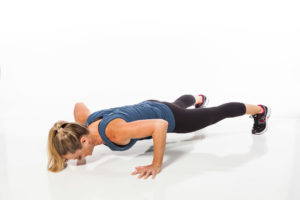
Fitball Pushup
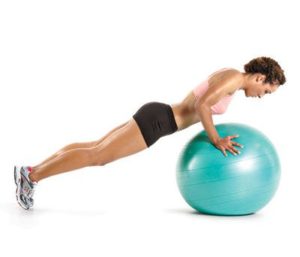
Decline Pushup

Modified Pushup

Posterior Chain – What’s the big deal?
Not only can tapping into your posterior chain get you extremely strong, help improve athleticism and give you the butt of your dreams, it can leave you significantly less injury-prone, especially with low back and knee injuries.
I am here to discuss how and why posterior chain strength needs to be a priority in training (that is, of course, if you want to decrease your chance of getting injured.) Training your posterior chain doesn’t guarantee injury prevention but it sets you on the right track for building a strong foundation.
What is the Posterior Chain?
In the strength and conditioning world, the posterior chain consists of the erector spinae, gluteal muscles, hamstrings, and gastroc/soleus complex.
Why is the Posterior Chain So Damn Important?
I truly believe that incorporating posterior chain strengthening into training can save tons of money on healthcare costs for low back and knee injuries, but more importantly, keep you healthy!
As the PT profession is constantly evolving, my goal is to get clients in the door and teach them ways stay healthier, versus having patients in for rehabilitative purposes.
Lets dive into two of the major joints that are especially vulnerable to injury in the lack of adequate posterior chain strength:
Low Back:
Over $80 billion spent each year on low back in healthcare… simply unacceptable.
To me, if you know how to strengthen your posterior chain, that means you know how to hip hinge (i.e. load the glutes and hamstrings effectively while keeping lumbar spine neutral). For anyone who knows what a freak I am about preaching this movement pattern, this right here is the primary reason why!
Am I saying that if you can hip hinge you will never get back pain? No. I am saying that understanding the hip hinge pattern will give you a much better chance at preventing low back pain. The simplified reason is two fold:
1) Lifting loads from the ground with a neutral spine= less likely to hurt low back
Spines ARE resilient, we need to be able to tolerate both flexion and extension.
Yet, if you are like me, and respect the work of one of the most influential low back researchers (Dr. Stu McGill) then you know that repeated flexion especially under loads; leave the lumbar spine vulnerable to injury.

Therefore, learning how to properly hip hinge and maintain a neutral, stiff, spine throughout the movement can not only prevent injury, but can also get you the butt of your dreams. Enter strengthening the posterior chain.
2) Strengthening posterior chain = less likely to hurt low back
Simply put, a strong butt (Gluteals) will decrease your risk of low back injuries.
There is a ton of research out that indicates how important gluteal strengthening is for low back rehab. Lets simplify this in the pre-hab lens.
Glute Max is one of, if not the most, powerful muscles in the human body. Unfortunately, most individual’s glutes are offline thanks to endless hours of sitting. If we can strengthen the most powerful muscle in the body (which just so happens to neighbor and play intimately with the lumbar spine), wouldn’t it make sense that it would be good protection for the lumbar spine?
Knee:
The knee gets a little bit more technical, but I will try to keep it simple.
The knee as a joint is extremely vulnerable, to say the least.
It is literally two bones sitting on top of each other with little to no bony stability…meaning it gains its stability primarily from soft tissue structures both inert (meniscus, ligaments) and contractile (quads, hammies, and a whole lot more).
Believe it or not, the knee actually has more evidence online than low back for its correlation of  posterior chain strength preventing injuries.
posterior chain strength preventing injuries.
A lot of the research is specific to ACL injury prevention, but honestly, mechanics resulting in various knee injuries are often similar to ACL mechanics.
One of the predisposing factors to knee injury is what is known as dynamic valgus (knee collapsing inward) mostly brought on by quad dominance.
The other major way it can be brought on is by lack of posterior-lateral hip control.
Most individuals are quad dominant because of sitting all day, turning off the glutes and hammies, and leaving the quads as primary movers. Here is a photo of one of my favorite examples of a dynamic valgus brought on by quad dominance (i.e. the quads winning the tug of war on the femur and pulling into dynamic valgus:
Notice how his knees cave in as he develops power, this is a great example of when even “healthy” people can be predisposed to injury.
How do we combat this? Well, this answer is multi-faceted, but Ill give you a hint… one of the best ways it to strengthen the posterior chain.
It’s really that simple.
There are TONS of ways to strengthen and target the posterior chain. As a matter of fact, just peruse Tony’s awesome website, and you will find tons of exercises… as I did when I was just a newbie in the S&C world.
Here are a few of my favorites:
1) Glute-centric: Bridging, every bridge variation….
2) Hamstring-centric: Nordic Hamstring curls (also AWESOME evidence for preventing hamstring strains)
3) Compound post chain: DEADLIFT, RDL, KB swings
Conclusion
You still need to train your anterior chain too! However, in a world where we’re stuck sitting for hours on end and prone to training our “mirror muscles,” placing more of a premium on the posterior chain is never a bad idea. For many reasons.
http://tonygentilcore.com/2016/05/why-train-the-posterior-chain/
